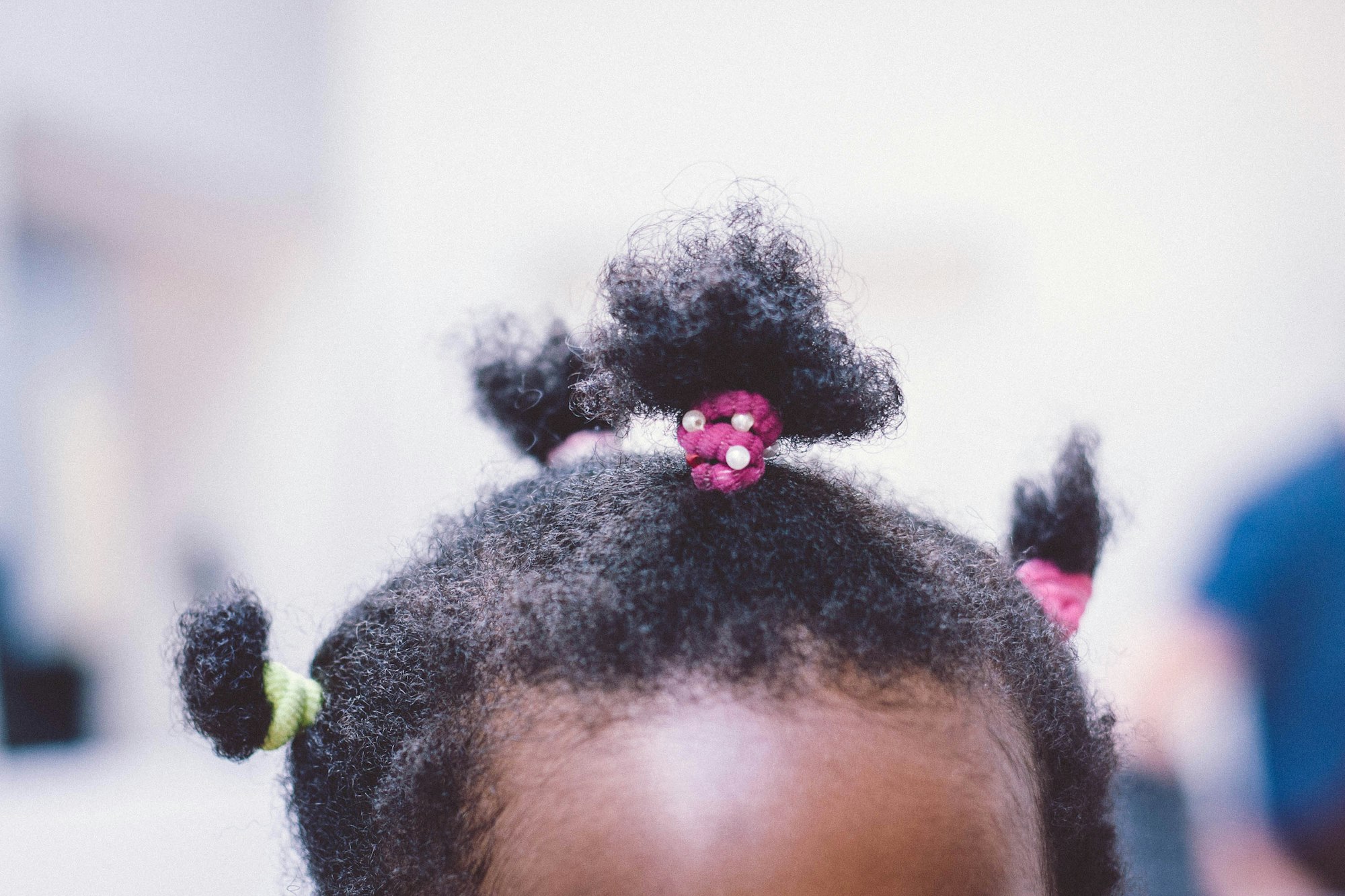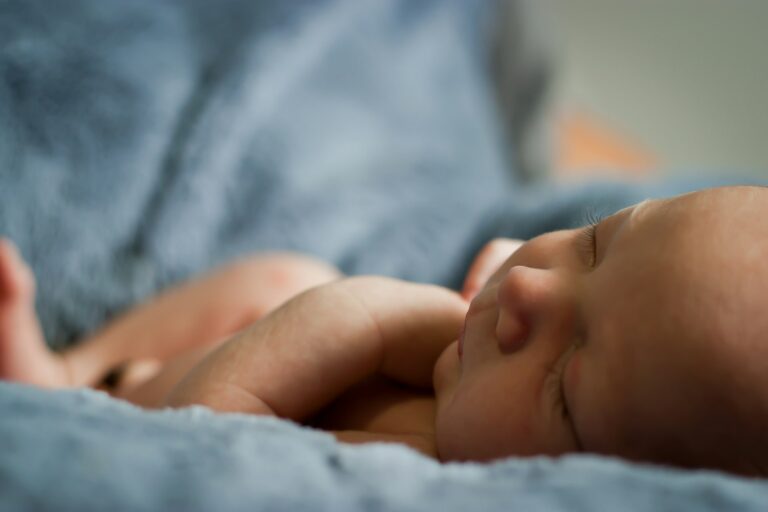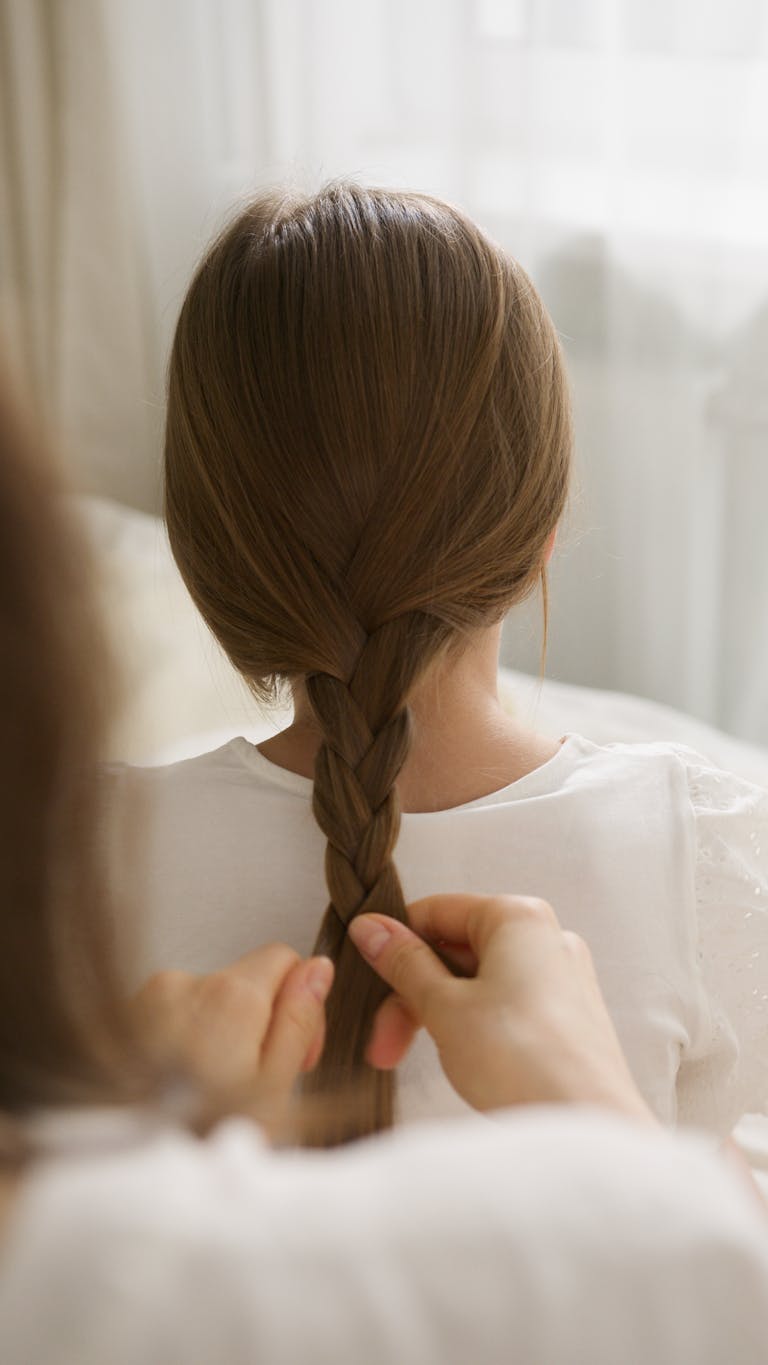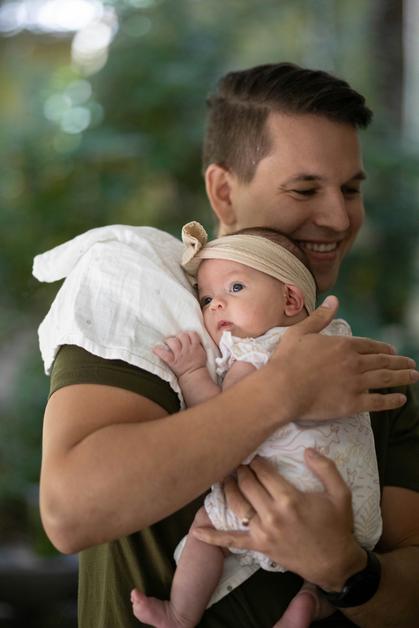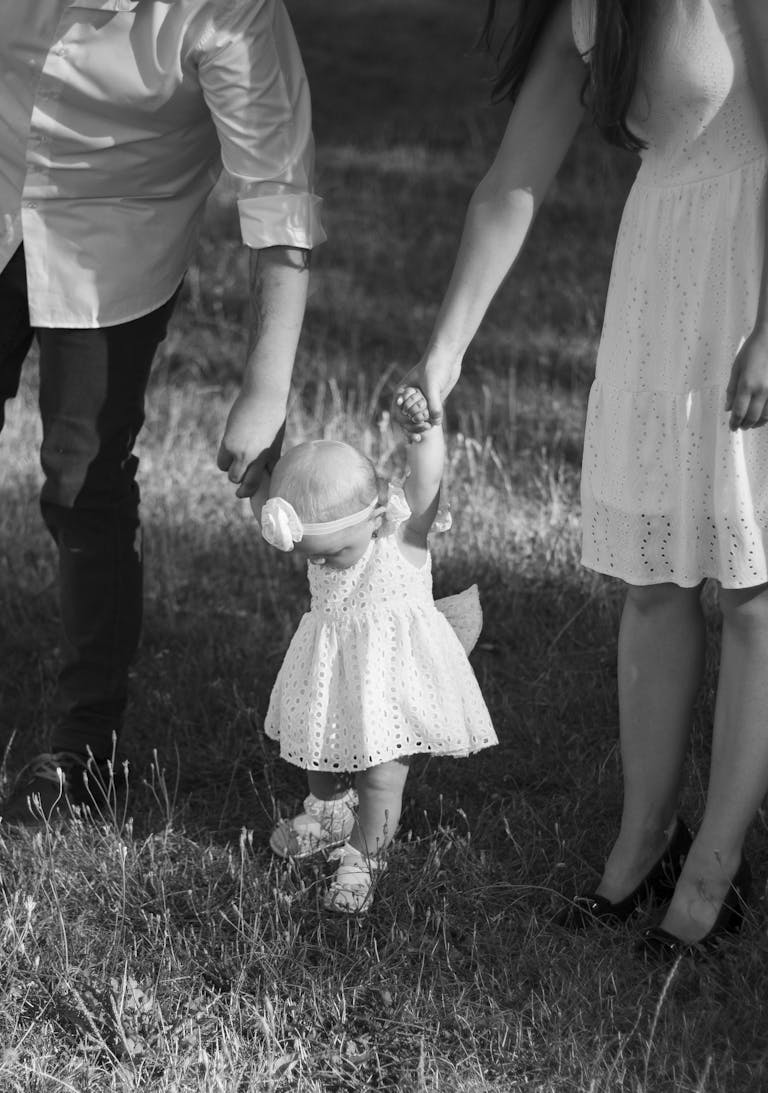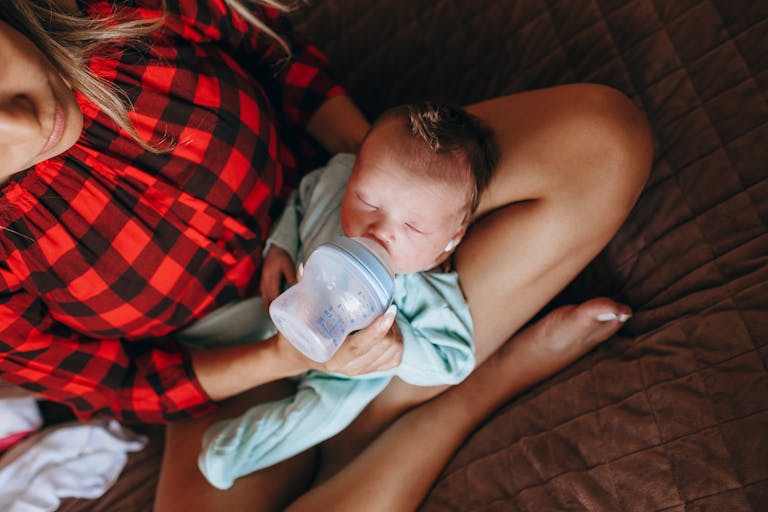Parents often pause at the subtle fuzz that crowns their baby’s head — or, sometimes, the dazzling lack thereof. Is this gentle halo a sign of perfect health, or reason for worry? Why does some baby hair seem to vanish overnight, replaced by downy stubble or bold curls? From the very first soft strands to the sometimes puzzling patches of baldness, baby hair is a constant source of curiosity and, occasionally, concern. Whether fretting over scattered tufts, wild bedhead, or silky smooth baldness, many parents ask: Is my child’s hair growing “normally”? What should I do (or avoid) to nurture a healthy scalp? Scientific answers exist, but they come wrapped in layers of genetics, hormone shifts, nutrition—and, yes, even cultural traditions. Let’s break down what’s happening under those tiny follicles, decode the bewildering cycles of baby hair, and discover how small daily gestures can make a big difference for your baby. Expect detailed science, empathetic advice, and a little celebration of the spectacular diversity of infant hair.
The Science Behind Baby Hair: Biology, Genetics, and Hormones
Baby hair—more precisely, vellus hair—is a unique physiologic marker. At birth, this fine, soft downy hair is radically different from the thicker, darker terminal hair that eventually defines adult styles. Did you know that hair follicles actually form months before birth? Between weeks 9 and 15 of gestation, follicle “blueprints” are set. Around week 20, a temporary coat called lanugo makes its debut, serving as insulation and protecting skin. Lanugo is typically shed before or just after delivery, replaced by the wispy, delicate baby hair familiar to so many parents.
Each person’s unique hair journey begins with these genetic instructions. The number of hair follicles is set for life before you meet your newborn for the first time. So why does some baby hair seem to retreat or even vanish, only to return in a different form? After birth, falling maternal hormones trigger a process called telogen effluvium—think of it as a planned “shedding reset.” This leads to visible newborn hair loss between 2 and 3 months, soon followed by a burst of new hair growth. It’s perfectly common, but can be disconcerting to watch a once-hairy baby temporarily go bald, or see distinct “peach fuzz” patches. There is wide normal variation: some infants sport a thick mat by six months, while others still flash shiny scalps. Much of this variation is written in their genetic code and influenced by hormone levels, not external care.
Understanding Types, Changes, and Hair Growth Cycles
Wondering why your child’s hair growth seems unpredictable? Here’s the behind-the-scenes story. Baby hair consists almost exclusively of vellus strands, lacking the pigment and structure of later terminal hairs. Their hair growth cycle—the alternation between active growth, rest, and natural shedding phases—moves more quickly and irregularly for infants than for adults. That means sudden changes in coverage, density, and texture are the rule, not the exception.
• Thick at birth, thin at six months? Absolutely normal.
• New curls where there were once only pin-straight tufts? Genetics in action.
• Bald spots on the back of the head? Friction from sleep, not disease.
Vellus hair gradually gives way to terminal hair over the first years of life. Around age three, most children exhibit a stable hair pattern and thicker strands, although shifts can continue all the way through adolescence. Friction, nutritional status, and individual hormone swings play a role—not just what’s in your shampoo bottle.
Baby Hair Concerns: Common Problems and Scientific Explanations
Is baby hair loss a warning sign? For the vast majority, no. Shedding, patchy regrowth, and temporary thinness occur with natural cycles after birth. Uniform loss typically reflects postnatal hormonal changes. Bald patches correlated with sleep position are commonplace and nearly always resolve as babies grow more active and mobile. However, certain symptoms need closer attention. Parents should seek advice if they notice:
- Intense redness or persistent flaking
- Stubborn crusts or oozing (beyond mild cradle cap)
- Delayed regrowth by well into the toddler years
Medical considerations include seborrheic dermatitis (cradle cap), allergic reactions, nutritional deficiencies, and rare congenital disorders. Most of these have treatments—or at least clear approaches—so don’t hesitate to ask for medical insight.
Expert Hair Care: Practical Routines and Medical Tips
How do you take care of fragile baby hair? The best advice is equal parts simplicity and science. Use lukewarm water with a gentle, fragrance-free, pH-balanced shampoo designed for infants—two to three times a week suffices. Rinse thoroughly to prevent product residue, which can cause irritation.
Brush with a soft-bristle brush or wide-tooth comb. Start detangling at the hair tips and work upward; never tug or yank. Limit brushing to what’s needed, and always use gentle hands—these fibers are delicate.
For the familiar yellowish crusts of cradle cap, pediatricians recommend a multi-step approach:
- Apply a light, inert oil such as coconut or mineral oil to soften scales.
- Gently brush away loosened flakes.
- Cleanse the scalp with mild shampoo, repeating as necessary.
Avoid harsh chemicals, strong fragrances, and tight accessories—they can provoke allergies or mechanical breakage. If your child’s hair is especially dry or sensitive, select only hypoallergenic products, and introduce one new product at a time to spot potential reactions.
Personalized Approaches: Caring for Different Hair Textures
No one-size-fits-all rule exists. Straight, wavy, curly, and coily hair each demand special approaches:
- Straight and wavy hair responds well to two or three washes weekly, occasional brushing, and minimal product.
- Curly and coily hair needs enhanced hydration. Wash less frequently (once or twice per week), always detangle with conditioner and fingers or a wide comb, and lock in moisture with natural oils (such as coconut or sunflower oil).
Remember to avoid over-manipulating any hair type—frequent ponytails, braids, or friction from rough hats can spell trouble, especially in babies.
First Haircut: Timing, Technique, and Safety
When, exactly, is the “right” time to give a first haircut? Age is less important than need—typically, hair obstructing vision, causing discomfort, or forming stubborn tangles signals the moment. Most parents choose between 6 and 12 months. If tackling the task at home, use only rounded-tip scissors, trim small sections, and wait until your baby is calm. Otherwise, a children’s stylist familiar with wiggly clientele is the safest bet.
Nutrition and Healthy Hair Growth
Perhaps surprisingly, what lands on your baby’s plate plays a foundational role in future hair health. Milk (breast or formula) thoroughly covers nutritional requirements up to the introduction of solids (around six months). Afterwards, a diet rich in protein, iron, omega-3 fatty acids, vitamins A, B, C, E, and healthy fats fortifies both scalp and strands.
Practical examples:
- Offer iron-fortified cereals, puréed meats, and eggs.
- Incorporate a variety of fruits and green vegetables.
- Use yogurt and avocados to deliver crucial healthy fats.
Adequate hydration rounds out the recipe for vibrant baby hair. Nutritional imbalances, by contrast, occasionally manifest as weak, thinning hair—another reason pediatricians probe diet during checkups.
Baby Hair, Traditions, and Identity
Across cultures, baby hair is loaded with symbolism—pride, belonging, identity. Intricate braids, creative edges, and decorative gels (“baby hair styling”) feature prominently in African, Latinx, and South Asian communities. Fashion trends, too, have embraced the hairline “peach fuzz” that once seemed secondary, championing it as a marker of beauty and resilience. Medical experts agree: as long as scalp health remains protected and no harsh products are used, cultural styling is entirely legitimate and—often—deeply affirming for families.
Debunking Baby Hair Myths
Misconceptions abound. Let’s clarify:
- Shaving or cutting baby hair more often will not change thickness or accelerate growth. That’s up to genetics and health.
- Brushing, even daily, doesn’t “train” hair to grow faster. It can, however, damage fragile fibers if too vigorous.
- Temporary hair loss or shifting color is typical, not a warning sign.
What does encourage long-term vitality? Science points to gentle routines, nourishing diets, and an environment free from excess stress or irritation.
Key Takeaways
- Baby hair goes through remarkable changes—fluctuating in thickness, texture, and coverage, all orchestrated by genetics, hormones, and nutrition.
- Focusing on gentle, age-appropriate washing and brushing is a strong foundation for scalp health.
- Opting for mild, hypoallergenic products protects against irritation; avoid harsh chemicals, fragrances, and tight accessories.
- From six months onward, build a diet that delivers iron, protein, healthy fats, and key vitamins to support both hair and overall wellbeing.
- Respect your child’s natural growth rhythms—there is no universal timeline or appearance for healthy baby hair.
- Cherish and celebrate diverse hairlines and textures; styling shouldn’t come at the cost of scalp comfort.
- Unusual symptoms or persistent issues? Always consult a healthcare professional for tailored answers.
- For ongoing support, expert advice, and pediatric checklists, download the Heloa app for personalized tips and free health questionnaires for your child.
Nothing compares to the tactile memory of running your fingers over a baby’s soft head—the living proof of how science, nurture, and daily love intertwine.
Questions Parents Ask
What are “baby hairs” and why do they appear along the hairline?
Baby hairs are those short, wispy strands you may notice along your child’s hairline or edges. They are softer and finer than the rest of the hair, and appear naturally in both infants and sometimes even in adults. These delicate hairs help frame the face and can become more visible following haircuts or specific hairstyles.
Will my child’s baby hair fall out and be replaced by different hair?
Yes, it’s perfectly normal for the fine, soft hair your child is born with to fall out gradually and be replaced by more mature hair over time. As your child grows, baby hair often gives way to thicker, stronger hair. This process unfolds naturally, and the color or texture may change as well. Every child has their own timetable, but rest assured, these changes are all part of normal hair development.
Can baby hair be styled or managed safely?
Absolutely. There are gentle ways to manage or style these delicate hairs, whether to keep them tidy or simply celebrate their presence. Using soft brushes or your fingertips, as well as mild hair care products designed for babies, allows you to style without risking breakage or irritation. If your little one has very noticeable baby hairs and you wish to smooth them down, opt for non-aggressive approaches and always respect the natural texture—they are a beautiful and normal part of childhood.

